People’s perception of corruption is a major challenge for corruption control.
Corruption has been portrayed as a ‘cancer’ of society. It is one of the major causes which hinders the development process of a nation. Corruption has become a challenge for public service delivery and good governance in developing countries like Nepal. The people’s perception and tolerance for corruption is the primary factor to combat corruption within a society. However, understanding and tolerance for corruption differ in the world. Similarly, that are three myths about corruption in Nepal, which limits the proper corruption control approach.
Myth 1: it’s all about financial gain
When it comes to corruption, it is often believed that corruption is always about bribe (money). According to a report of Commission for the Investigation of Abuse of Authority (CIAA) Nepal, 50 per cent people in Nepal perceive corruption as a matter of money. Furthermore, about 52 per cent of the case filed by the CIAA in the Special Court in fiscal year 2074/75 (2018/19) were related to bribing, money and wealth. The provisions under Chapter 2 of the Prevention of Corruption Act 2002 of Nepal also primarily focus on the punishment related to bribing. Although recently the CIAA Nepal has changed its pattern to combat corruption in wider angle, it is generally understood that corruption is always about taking and giving bribe.
No doubt most of the corruption is due to avarice. However, the fact is corruption is not always driven by the financial gain. The financial assumption of corruption might miss other possible indicators or forms of corruption like a social reward, undue influence, ideological satisfaction and pleasure. Corruption is more than a monetary advantage, and it also has a social impact. The best way to classify corruption is how it affects people, society and the economy. Like, under the political arena, buying votes and mandate is a case of moral corruption. Under the healthcare system, favour to a company or a party, improper health care system is also corruption. Some experts believe that delay in public service delivery, delayed justice, the scope for misuse and misbehavior are also other forms of corruption. For example like, restricting the public to gain primary education because of their poverty or socio-economic reason is the worst scenario of corruption in many developing countries. However, the definition of corruption doesn’t comprise those scenarios in Nepal.
Besides administrative corruption, various forms of corruption exist in a different context which impedes development. So, looking at a broader sense, corruption includes a diverse form of activities like petty bribery, conflicts of interest, wicked service delivery to fraud and embezzlement.
Myth 2: Single act
It is another myth that a single employee commits fraudulent activities to fulfil his interests and a corrupt employee act alone to draw integrity and institutional vulnerability. Corruption controlling bodies are also often dedicated to punishing the rogue employee only. However, this is not true in all situations. Simply corruption is not a misdeed of an individual employee, it’s a game between myriad players, and it arises from the unguarded opportunity of the system. Assuming the belief that corruption resides within a single entity might shade the fact of effective mitigation and prevention of fraud. Also, this may lead to corruption controlling agencies to concentrate only on capturing and punishing individual offender rather than focusing on several malicious insiders.
Myth 3: The punishment fix-all
Another common disbelief is that corruption can be controlled by giving severe penalties to the alleged transgressors. However, severe punishment itself is not a single key to fix all the problems of corruption, at least in the context of Nepal. If capital punishment is the main factor in reducing corruption then China wouldn’t be in the rank of 87 (out of 180 countries) in the world. Despite its aggressive war against corruption, China still faces severe challenges in corruption controlling mechanism compared to other countries with no capital punishment for corruption. Capital punishment is the ultimate frontier in enforcement.
Also, according to the Transparency International, countries with provision of capital punishment for the convicted officials have the same level of Corruption Perception Index compared to the countries without capital punishment. Looking at the scenario of Nepal, the rate of corruption is increasing despite many officials and employees are caught raid handed. So, limiting corruption control mechanism to severe punishment might deviate the corruption controlling institutions to neglect the real factors of corruption control.
People’s perception has a significant role in fighting against corruption. To achieve desired anti-corruption effects, it is important to address the deficit in people’s perception of corruption. The perception of corruption is prerequisite to combat corruption properly. Widening the concept of corruption and its effects lead us to change the perception and tolerance level, which will influence people willingness to combat against corruption and eventually helps us to reduce the rampant corruption in Nepal.

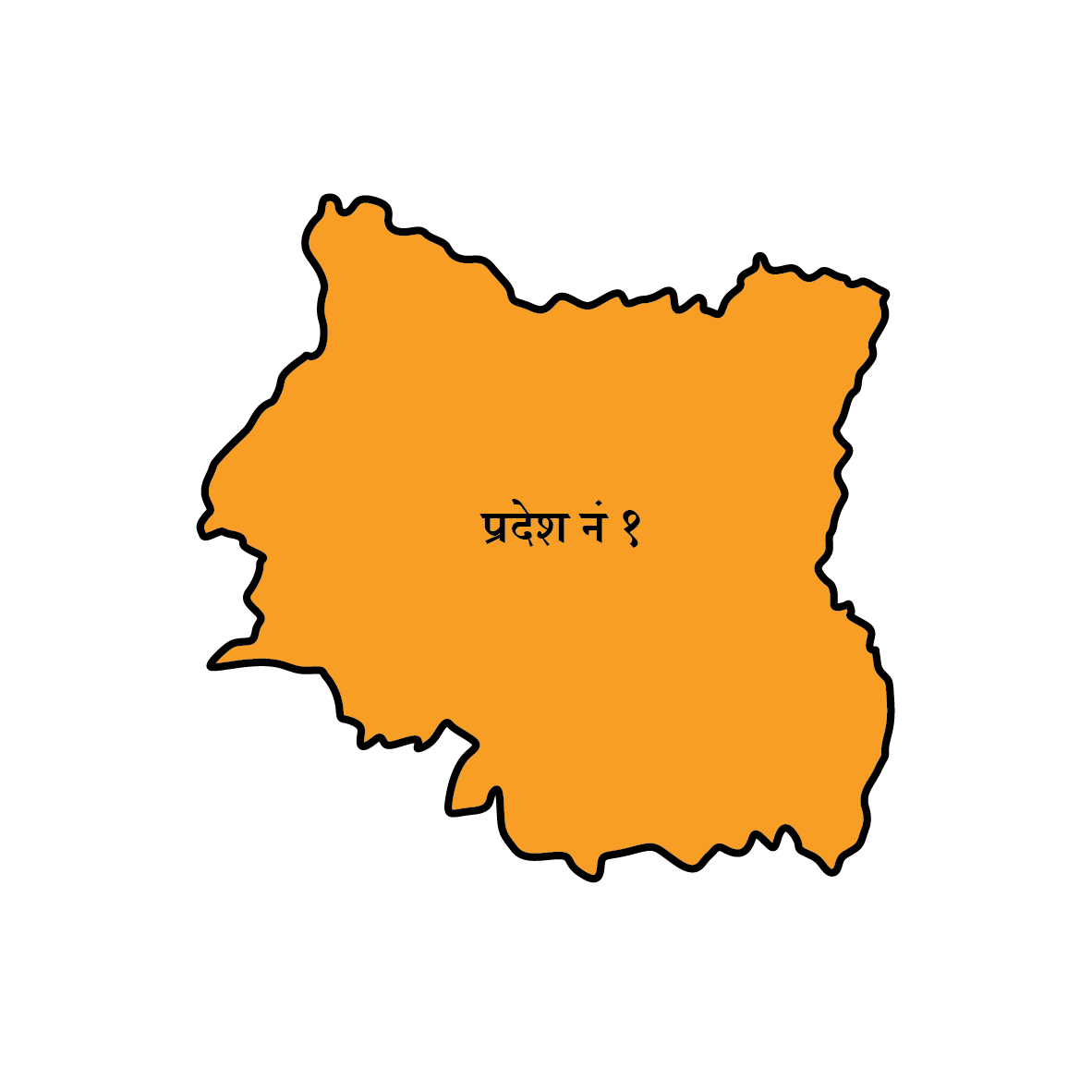 कोशी प्रदेश
कोशी प्रदेश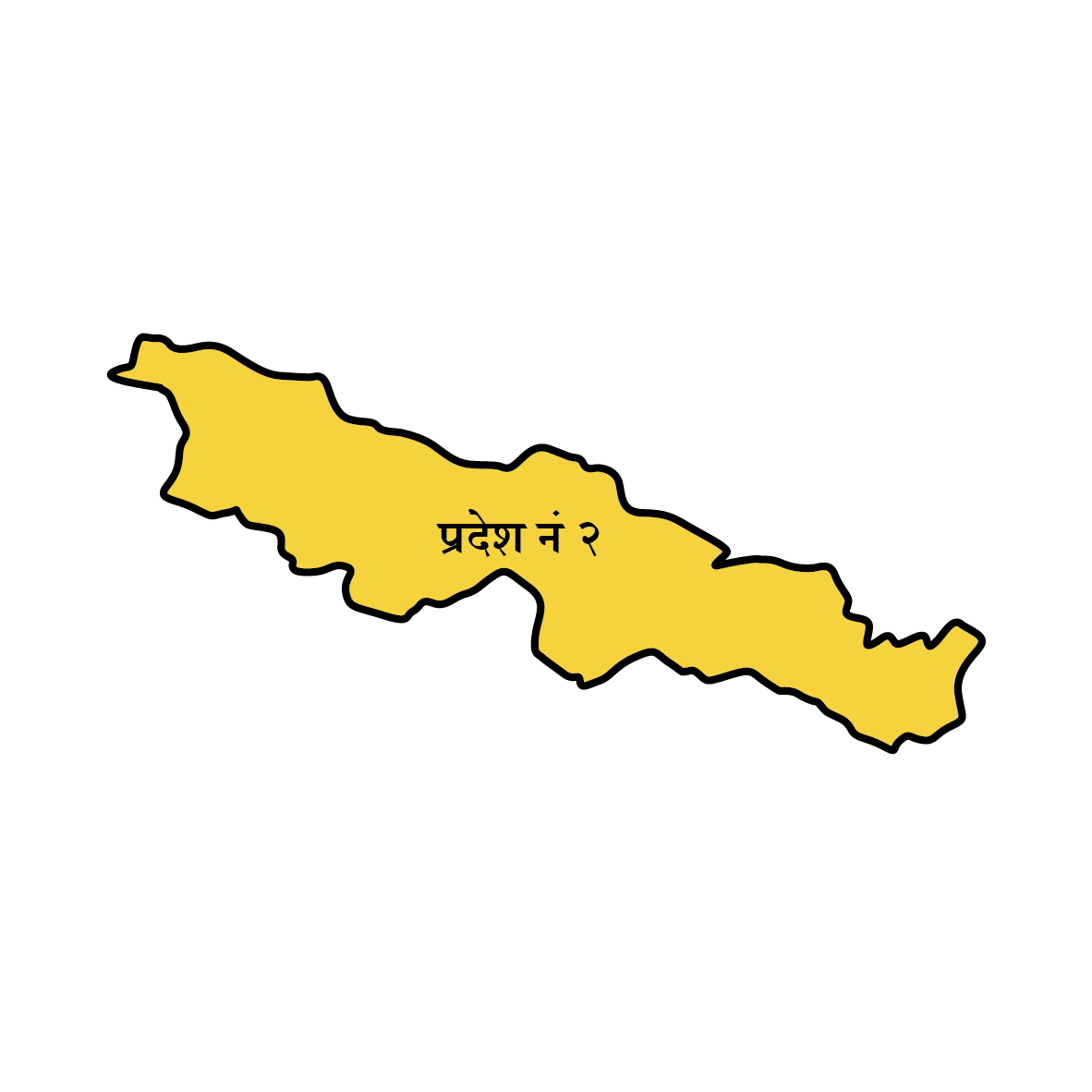 मधेश प्रदेश
मधेश प्रदेश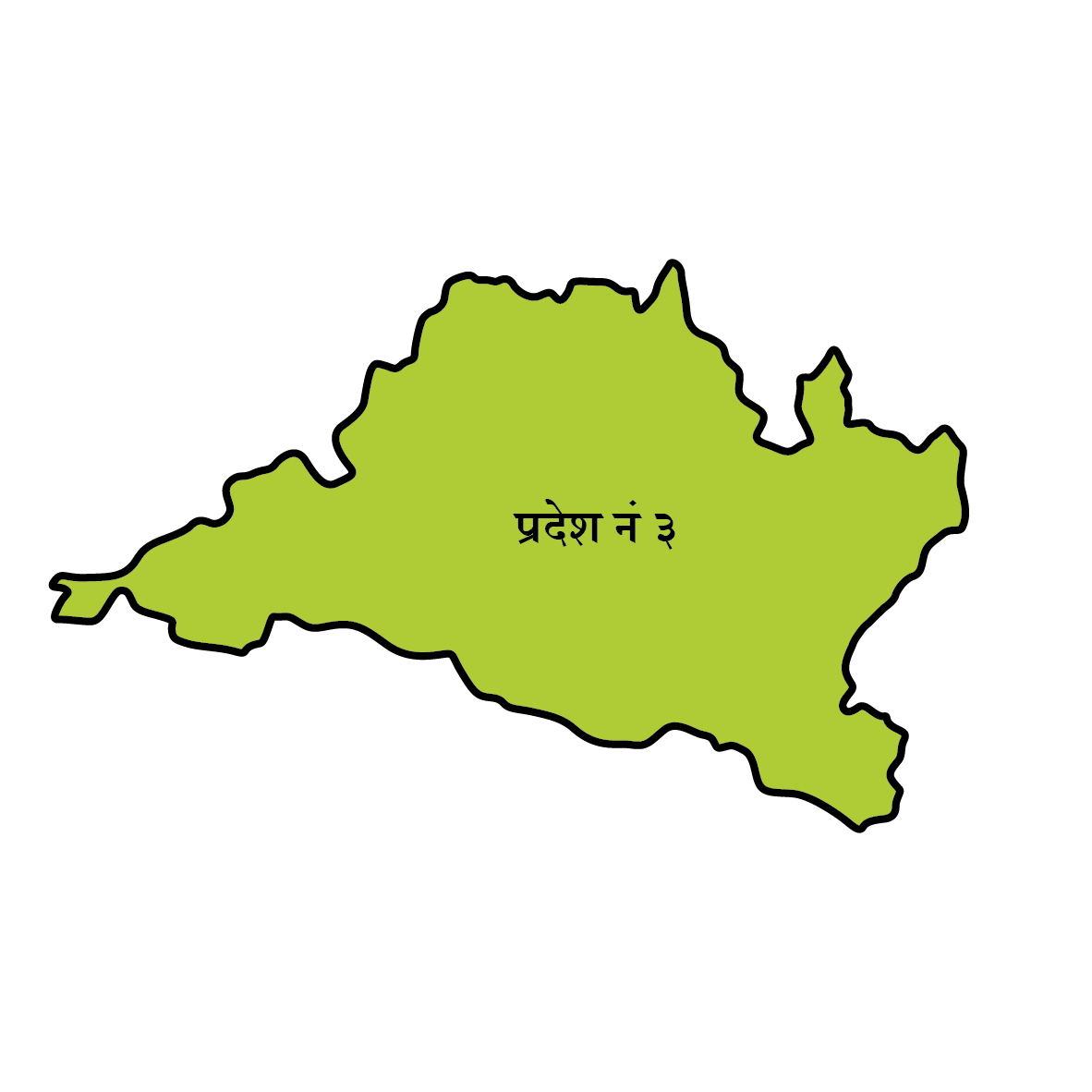 बागमती
बागमती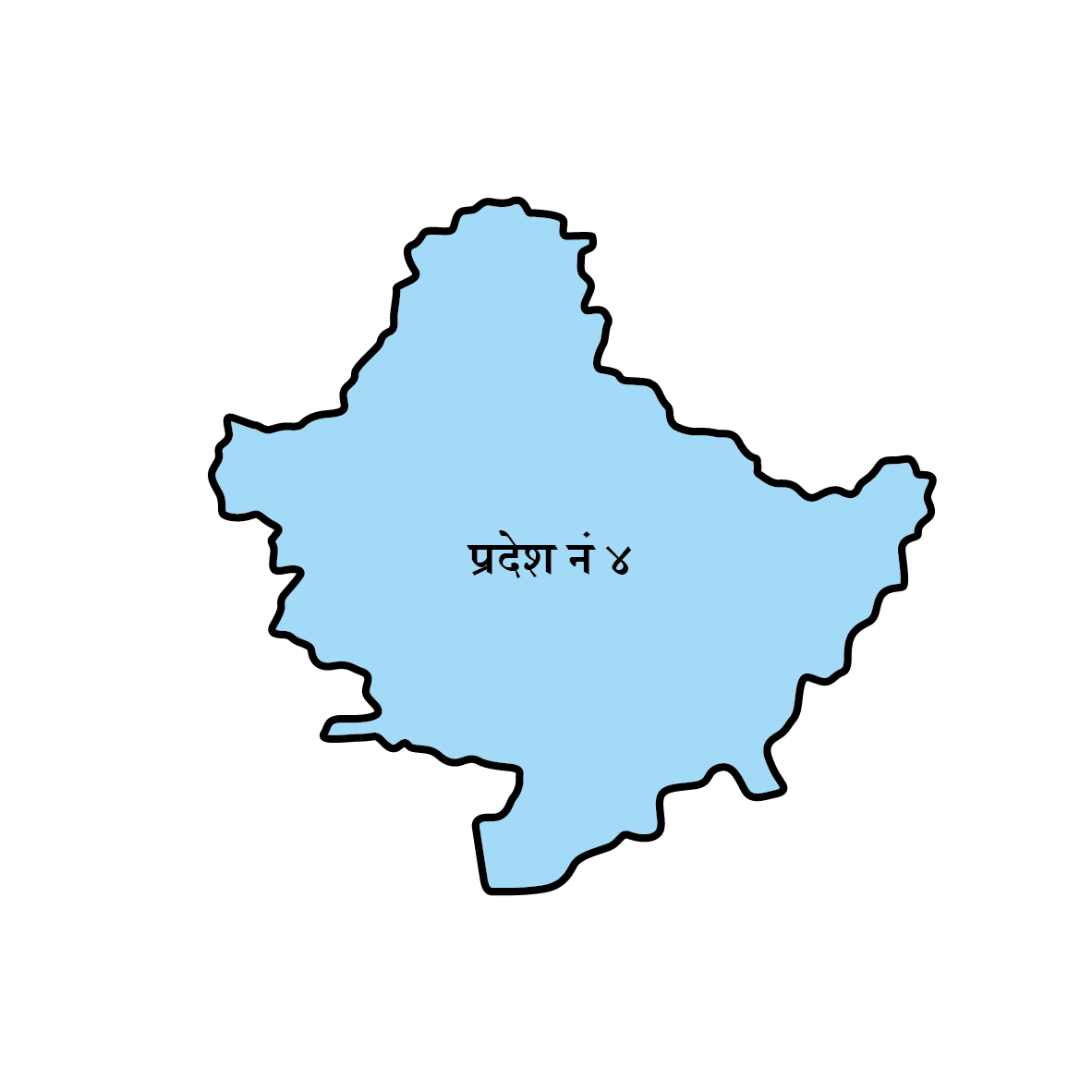 गण्डकी
गण्डकी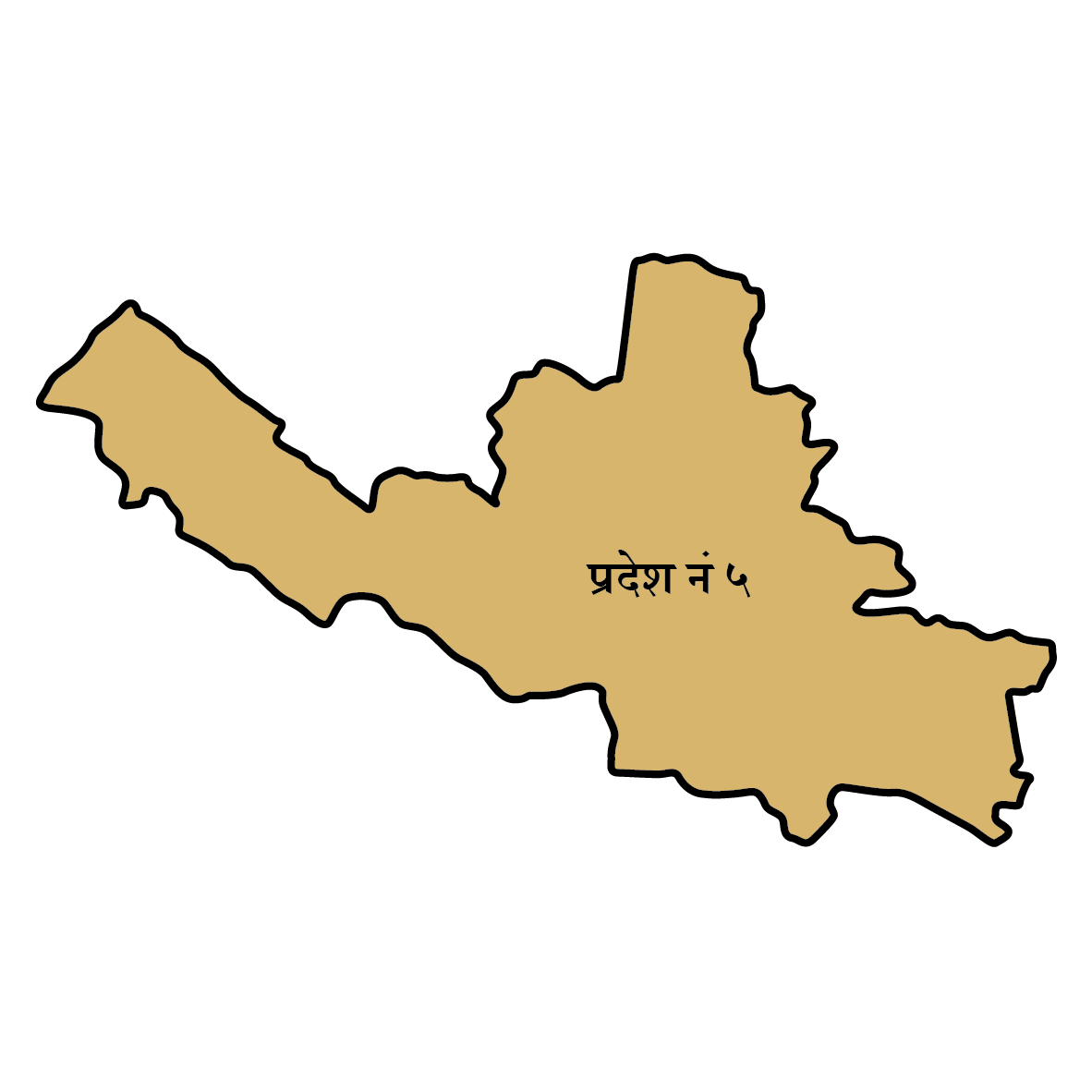 लुम्बिनी
लुम्बिनी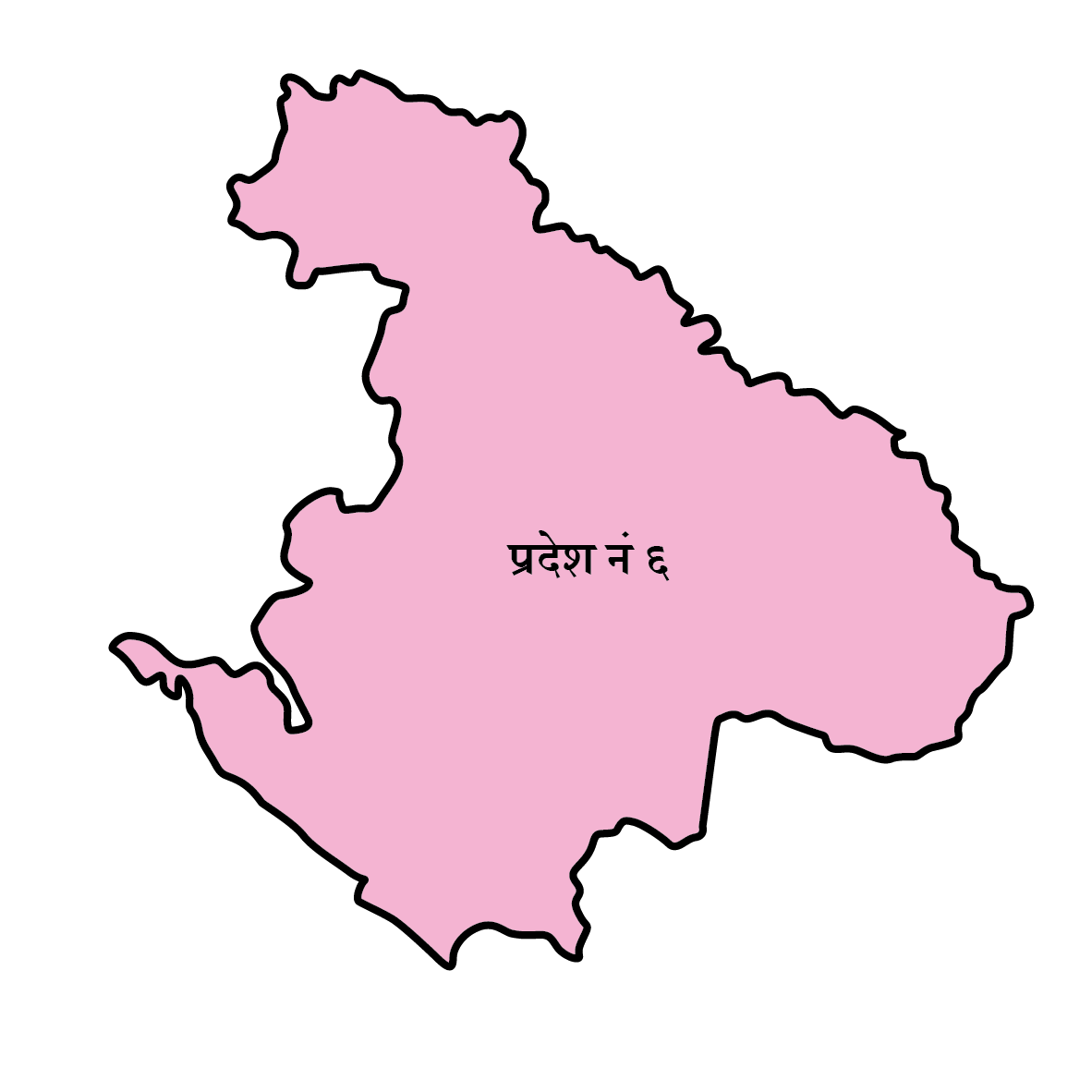 कर्णाली
कर्णाली 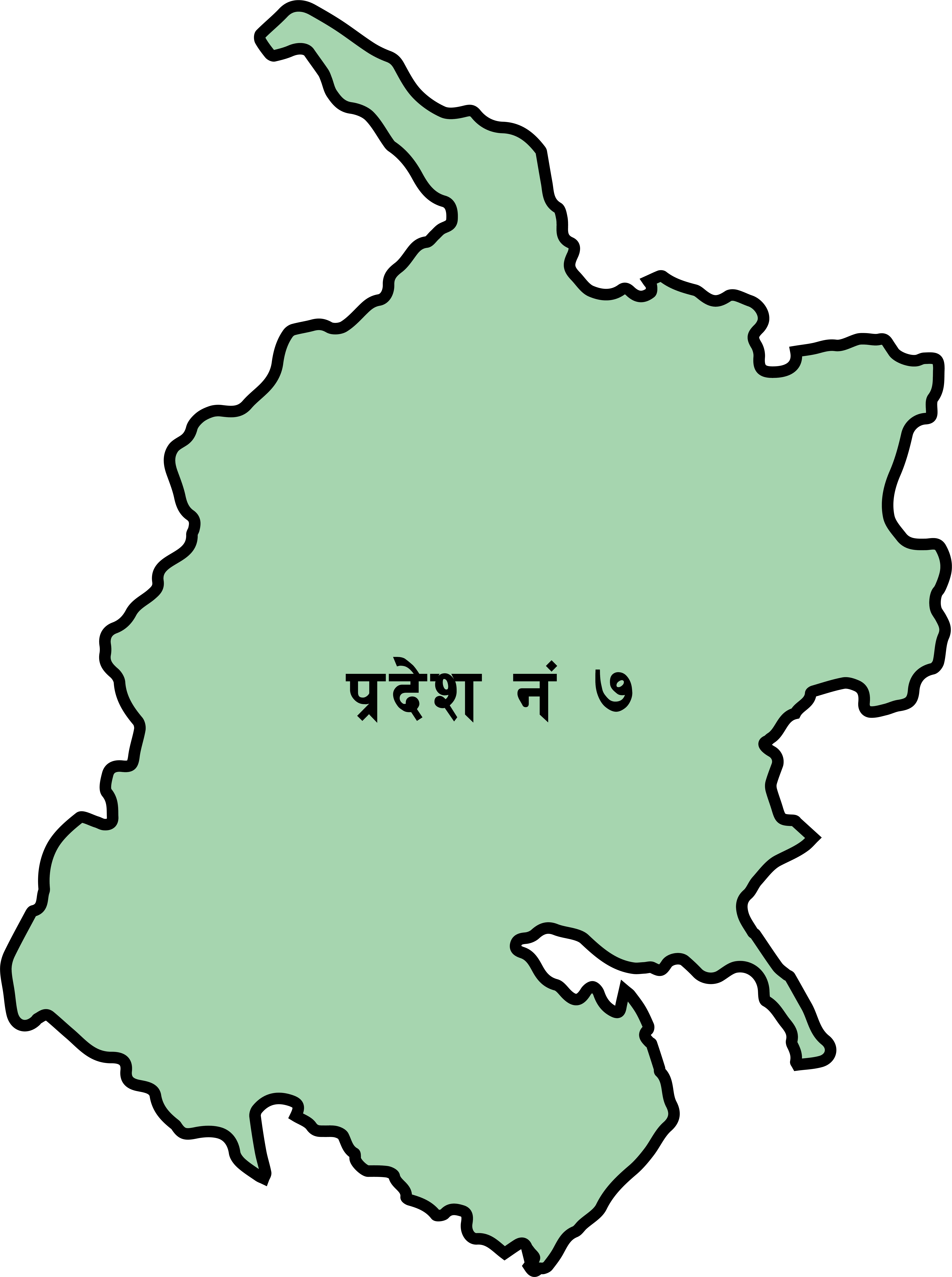 सुदूरपश्चिम
सुदूरपश्चिम
















